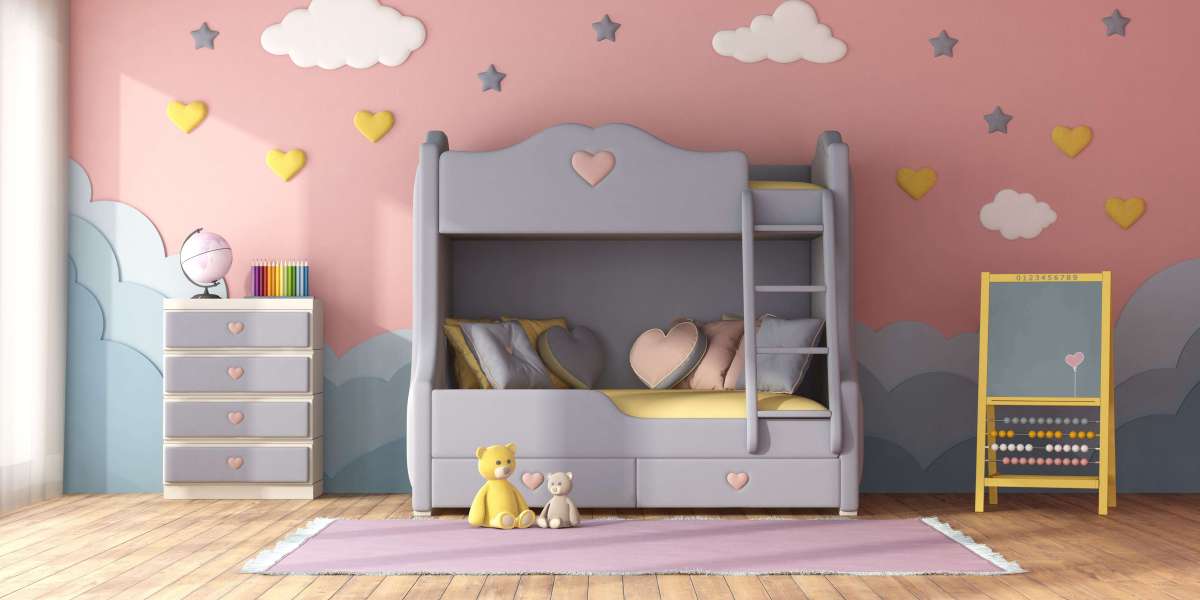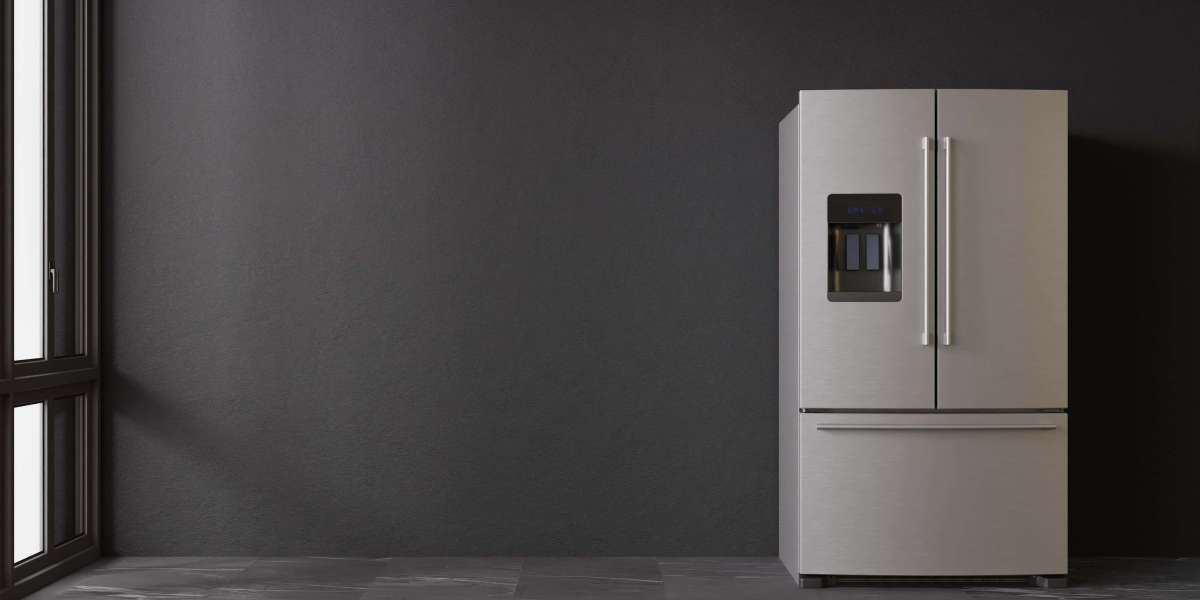How to Take Care of a Robot Mop and Vacuum
A robot mop and vacuum can save you a lot of time cleaning. They also require regular maintenance such as emptying the dustbins, washing the disposable cleaning pads in line with the instructions of the manufacturer or removing the disposable ones and keeping the sensors cleaned.
App integration allows you to create schedules and power modes, as well as save maps and adjust settings.
1. Clean the Dirt Bin
Regular maintenance is essential for the majority of robot vacuums and mops. This includes emptying the dirt bins, and washing pads, as well as keeping track of replacement consumables. The more you take care of these parts more often, the longer your robotic mop and vacuum cleaner will last. Some cleaning machines require a little more care in particular those with water tanks.
First, empty the dustbin completely following every cleaning session. This is an easy task, but is crucial to the operation of your robot. You should also cleanse the filter regularly. Refer to the user's manual of your specific model to determine the frequency and how often you should clean the filter.
While the mopping function on your robot could eliminate a lot of dust off your flooring, there are a number of small particles that may accumulate in gaps and cracks on flooring. These include skin particles like dandruff, mites dirt, sand and pet hair. To keep these particles from causing health issues it is essential to use a vacuum cleaner or sweeping robot to clean these areas.
If you plan to use your robot mop, then it is crucial to select one that comes with high-quality hardware and large water and dust tanks. LEGEE is one of the largest dust bins and water tanks among its competitors. This means that you don't need to stop cleaning in order to refill the tank.
Don't forget to avoid putting floor cleaners or vinegar in the water tank of your robot mop unless instructed by its manufacturer. These chemicals can harm your machine and void the warranty.
A robot mop and vacuum is a great tool to help you free up time so that you can concentrate on other things that matter, like your family or your work. However there are some dirt and stains that can be too stubborn for the robot to take on. It is also essential to periodically do a full cleaning session yourself with an ordinary vacuum cleaner to get rid of these tougher stains as well as clean areas that your robot will not be capable of reaching.
2. Wash the Cleaning Pads
Depending on how you use your robot mop, the pads could get stained or dirty. It is important to wash your mop pads frequently. This can be done by throwing them in the washer with the regular washing of laundry or hand-washing them. Avoid using fabric softeners or dryer sheets as they can reduce the absorbency of the pad and could cause it to not function properly.
If your robot mop is also an air cleaner, you will need to clean and empty its dust bin regularly. Hybrid models that can vacuum and sweep with dry mops are also affected. Many robot mops include brush attachments that need to be cleaned.
When cleaning mop pads, make sure to rinse them completely to get rid of any dirt and grime. You can also soak the pads in warm water to help remove any stuck-on debris. After they're clean and dry, you can let them dry in the air or use a low-heat setting in the dryer. It is recommended to clean the pads every two to three months.
During the cleaning process, mop or vacuum cleaners can pick up small items that could cause damage to your robot's sensors. You can avoid this by wiping the sensors with a microfiber cloth every now and again. This will assist the robot navigate the room without smacking against furniture or walls.
Sensors at the bottom of many robot vacuums and mops are used to detect obstacles, making sure that the machine won't get stuck in tight spaces. You'll have regularly clean them since they can become clogged up with dust and other debris.
Some robot vacuums come with a self-cleaning cycle that can be run after every use. You can go to the site of the manufacturer to find out if this feature is available on the model you have. Typically, it will take approximately two or three minutes to run this particular cycle. It is accessible through an app or a button on the robot itself. This cycle should be run regularly with a mop or vacuum cleaner to ensure the performance of sensors as well as other components.
3. Cleaning the Charging Station
Most robot mops spray water or cleaning solution directly onto the floor in order to soften the stains. They then scrub them using scrub pad. Some mop pads are disposable as well as others that are designed to be cleaned and reused. Whether you choose disposable or reusable mop pads it is important to empty and wash them after each cleaning session according to the instructions of the manufacturer. It's recommended to drain and let the mop base or docking station dry between uses, in order to stop the growth of mildew.
Like vacuum cleaners, best robot mop for large areas mops and vacuum/mop combinations require regular maintenance to keep them running smoothly. The maintenance tasks include emptying the dust bin, washing the pads and sometimes cleaning the sensors. If your robot mop is equipped with a dirt detector it is possible clean it gently every couple of cycles to remove dust. This can block the sensors, causing issues with navigation.
Many robot mops come with an app that lets you save maps of your home as well as set up cleaning schedules and even keep track of the time when the machine requires maintenance. If you're looking to buy a mop ensure it can be connected to Wi-Fi. This allows you to access the app from any location.
A top-rated model, the Samsung Powerbot Vac + Mop is a smart device with features that let it clean floors, without needing to be at home. Its map function lets you to create virtual barriers and no-go zones for the robot, and also manually direct it to clean a specific area of the room. Its mopping and vacuuming capabilities are able to work on carpeting and hard floors, making this an ideal option for homes that have both.
This 2-in-1 robot also has a smart object avoidance sensor, which helps it navigate around objects like furniture. It also has self-emptying bins that reduce the amount that must be cleaned after each use. It is also programmable to run even while you're away and is a great option for busy homeowners. It's also quieter than other vacuums, which could be beneficial for those who have noise-sensitive children or pets.
4. Clean the Sensors
Most robot vacuums and some mop-and-vacuum models come with an app that lets you create automatic cleaning schedules, choose cleaning settings and check when the device needs maintenance. The app allows you to manually clean start, stop and change the settings of your robot from any place in the house.
The app is especially useful for robotic cleaners with mapping capabilities, such as lasers, cameras or optical dToF, which enable it to save an image of the room as well as navigate around furniture. These features can cut down on the amount of staining that occurs on your floors and make cleaning less time-consuming.
If the mapping sensor of your robot becomes dirty, it may have difficulty navigating around your home. Cleaning these sensors is crucial similar to cleaning the screen of a smartphone or camera lens. This should be done using a dry and clean cloth. If you use a wet cloth or cleaner, you may damage the sensors and cause them to malfunction.
Also, it's an ideal idea to clean the brushes of your robot vacuum regularly. This will stop hair tangles and tangles from clogging up the motor and will make it easier for your robot to clean up dirt. It is also a good idea to clean the primary roller brush, as it is usually responsible for picking dirt up and can build up a lot of dust over time.
And lastly, only use the cleaners recommended by the robot's manufacturer. Other floor cleaners may harm your robot and void the warranty. Most brands recommend a mixture of vinegar and water, or a cleaner that is specially designed for their robot. Never use hot water or abrasive solutions as they can harm the internal components of your robot cleaner and leave an unpleasant mess on your floor. If you have questions check out the owner's manual for specific instructions on how to clean your robot cleaner. This will ensure that it operates properly and lasts longer.








